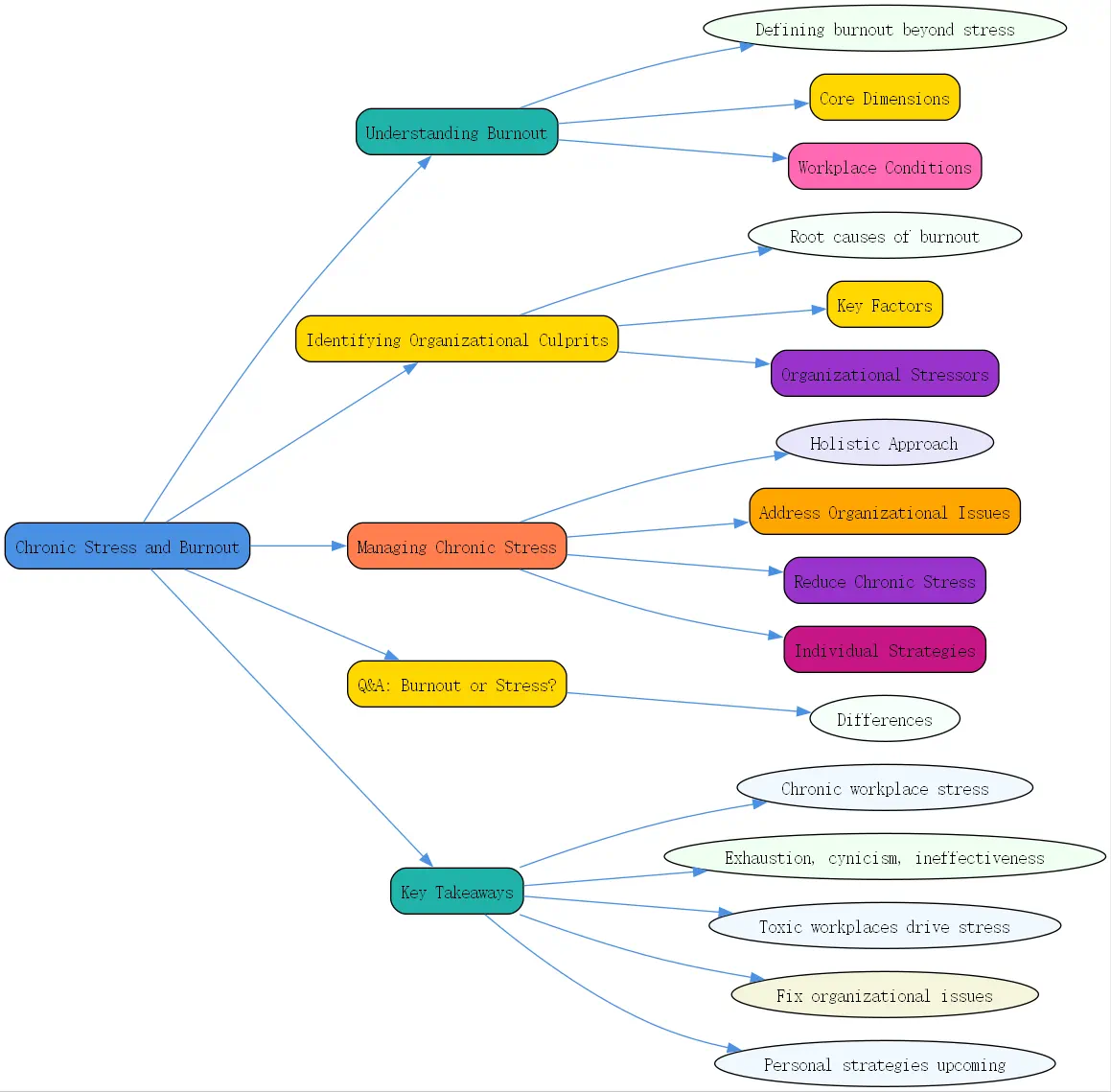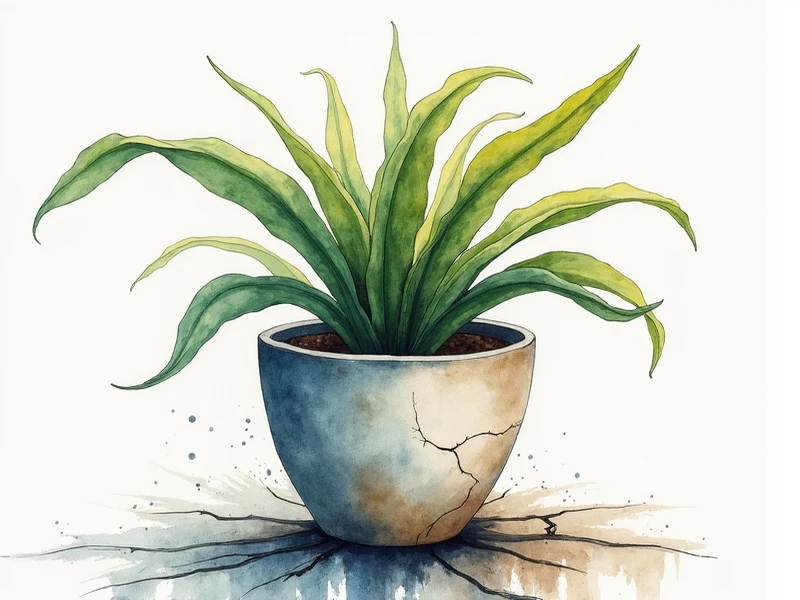Burnout is a term we hear a lot these days, but what does it really mean? It’s not just feeling stressed or tired—it’s a specific condition tied to chronic workplace stress that hasn’t been managed well. In this article, we’ll dive into what burnout is, how it differs from general stress, and why the workplace plays a huge role in both causing and preventing it. Let’s explore practical solutions to tackle chronic stress and burnout stress head-on.
Understanding Burnout

What is Burnout? Defining It Beyond General Stress
Burnout isn’t just stress—it’s a syndrome that comes from chronic workplace stress piling up over time. Unlike stress from personal life or occasional work pressure, burnout is uniquely tied to your job. It’s what happens when you face relentless demands at work without enough support or relief.
Let’s break it down. Acute stress is short-lived—like a big project deadline. It can even push you to perform better. Chronic stress, however, sticks around, grinding you down day after day. Burnout takes it further. It’s the endgame of unmanaged chronic stress in the workplace, leaving you drained and detached.
So, while stress might hit you from all angles, burnout zeros in on work. It’s not the same as feeling overwhelmed by life in general—it’s about how your job wears you out when the pressure never lets up.
The Three Core Dimensions of Burnout
Burnout shows up in three distinct ways, and they all hit hard.
First, there’s exhaustion. You’re not just tired—you’re wiped out. It’s that bone-deep fatigue where even getting out of bed feels like climbing a mountain. No amount of coffee or weekends off seems to fix it.
Next comes cynicism. You start pulling away from your job emotionally. Work that once mattered feels pointless. You might roll your eyes at meetings or dread every email. That spark you had? It’s gone, replaced by negativity or indifference.

Finally, there’s professional inefficacy. You feel like you’re failing at your job, even if you’re not. Confidence fades, and you start doubting your skills. It’s a sinking feeling that you’re just not cutting it anymore.
These three—exhaustion, cynicism, and inefficacy—team up to create a vicious cycle that defines burnout.
Burnout is Not a Medical Diagnosis, But a Response to Workplace Conditions
Here’s a key point: burnout isn’t something a doctor diagnoses. It’s not in the medical books like depression or anxiety. Instead, it’s an occupational phenomenon—a reaction to chronic workplace stress that’s gone unchecked.
This matters because it flips the script. Too often, we point fingers at the person burning out, saying they need to toughen up or manage better. But that’s not the full story. Burnout often stems from lousy working conditions, not personal weakness.
Picture this: if you’re coughing in a house full of black mold, no amount of medicine will fix you until the mold’s gone. Same with burnout. If your workplace is toxic, no self-help trick will save you. The real fix lies in changing the environment.
Identifying Organizational Culprits Causing Chronic Workplace Stress
Toxic Workplace Conditions: The Root Causes of Burnout
Why do so many people face chronic stress and burnout stress? It’s not just about hard work—it’s about toxic workplaces. Companies often toss out quick fixes like yoga classes or extra vacation days, but those are Band-Aids on a bigger problem.
Think of it like that moldy house again. Opening a window might feel nice, but it doesn’t remove the mold. To stop burnout, organizations need to dig into the root causes—those deep-seated issues making work unbearable.
Wellness perks are great, but they don’t cut it when the real problem is a broken system. Let’s look at what’s really driving chronic stress in the workplace.
Key Factors Contributing to Chronic Stress and Burnout in the Workplace
Certain workplace issues are burnout’s best friends. Here are the big ones:
- Unfair Treatment: When promotions, raises, or decisions feel rigged, it stings. That unfairness festers, creating chronic stress that eats away at you.
- Toxic Supervisors: A bad boss can ruin everything. If they’re unsupportive, bullying, or manipulative, you’re stuck in a pressure cooker. That’s a fast track to burnout.
- Lack of Trust and Autonomy: Being micromanaged or distrusted kills morale. Without freedom to do your job, stress piles up, and you feel trapped.
- Dysfunctional Dynamics: Cliques, office politics, or unresolved fights make work a minefield. That tension doesn’t just fade—it builds into chronic stress.
These aren’t one-off annoyances. They’re daily stressors that grind people down until burnout takes over.
Additional Organizational Stressors Leading to Burnout
Beyond the main culprits, other factors fuel the fire:
- Under-resourcing: Layoffs or cutbacks leave you drowning in work. When there’s too much to do and not enough help, exhaustion creeps in fast.
- Lack of Role Clarity: Confusing job expectations or overlap with coworkers breeds chaos. You’re left spinning, unsure of what’s even your responsibility.
- Values Misalignment: If your beliefs clash with the company’s, it’s draining. You’re swimming upstream every day, and that takes a toll.

- Lack of Meaning: When work feels pointless, cynicism grows. Without purpose, it’s hard to stay motivated, pushing you closer to burnout.
These stressors stack up, turning a tough job into a burnout factory.
Managing Chronic Stress and Preventing Burnout: A Holistic Approach
The Importance of Addressing Organizational Issues First
Managing chronic stress starts at the top. Sure, personal tricks like meditation help, but they’re useless in a toxic workplace. You can’t out-yoga a broken system.
Blaming individuals for burning out misses the mark. It’s not about weak willpower—it’s about workplaces that grind people down. Organizations need to step up and fix what’s broken.
A healthy workplace isn’t a luxury—it’s a necessity. By tackling systemic issues, companies can stop chronic stress before it turns into burnout.
Practical Steps for Organizations to Reduce Chronic Stress
So, what can companies do? Here’s a roadmap:
- Fix Unfairness: Make decisions, promotions, and pay transparent and fair. Equity cuts stress big-time.
- Support Managers: Train bosses to lead well—not bully. A good supervisor can turn a team around.
- Build Trust: Let employees take ownership of their work. Autonomy boosts morale and cuts stress.
- Clean Up Dynamics: Address conflicts and cliques head-on. A united team feels less chaotic.
- Resource Right: Don’t overload people. Hire enough staff and provide tools to get the job done.
- Clarify Roles: Define who does what. Clear expectations reduce confusion and stress.
- Align Values: Connect work to a bigger purpose. When values match, employees thrive.
These steps aren’t quick fixes—they’re real change. They help organizations manage chronic stress and keep burnout at bay.
Future Directions: Individual Strategies for Managing Chronic Stress (Teaser)
Organizations set the stage, but individual tools matter too. In 2025, we’ll dive deeper into managing chronic stress with tips like mindfulness and boundary-setting. Stay tuned for more from BrainTalking.
Both sides—systemic fixes and personal strategies—work together. For now, check out our guide on techniques to manage stress and anxiety to start building resilience against chronic stress and anxiety.

Q&A: How Can I Tell If I’m Experiencing Burnout or Just Regular Stress?
Q: How do I know if it’s burnout or just stress?
A: Great question! Stress and burnout overlap, but they’re different beasts. Regular stress—acute or even chronic—comes from specific pressures, like deadlines or a busy week. It’s manageable with rest or a break. Burnout, though, is deeper. It’s chronic workplace stress that’s gone too far.
Look for these clues: Are you exhausted all the time, even after rest? Do you feel detached or negative about work constantly? Are you doubting your skills more than usual? If that’s been your reality for weeks, it’s likely burnout, not just stress. Reach out for support if it feels overwhelming.
Key Takeaways
- Burnout is a syndrome from chronic workplace stress, not just general stress.
- It’s defined by exhaustion, cynicism, and feeling ineffective at work.
- Toxic workplaces—like unfairness or bad bosses—drive chronic stress and burnout stress.
- Fixing organizational issues is the best way to manage chronic stress and prevent burnout.
- Stay tuned for personal strategies to tackle acute stress and chronic stress.




